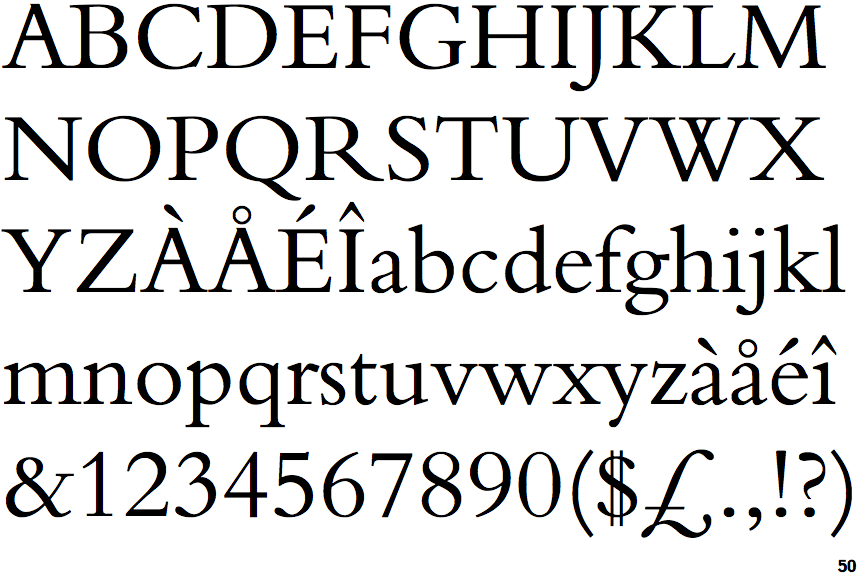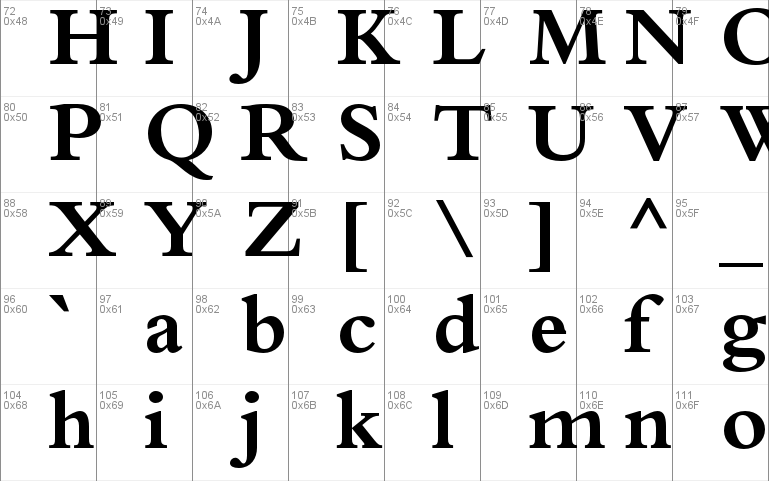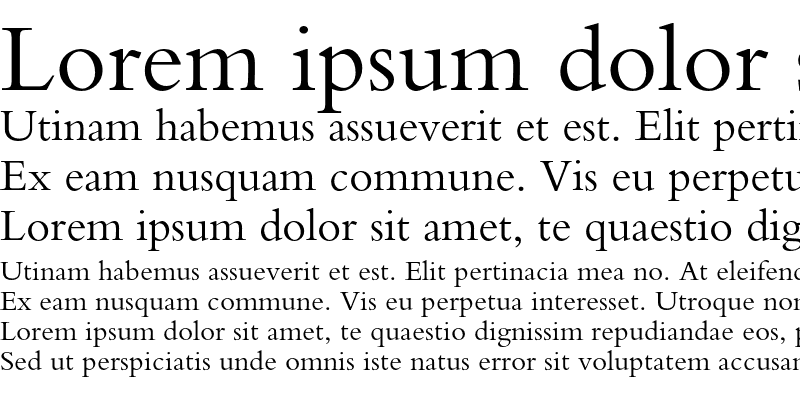
This section is engraved as a simulation of Tagliente's handwriting other parts were set in a typeface of similar design. Giovanni Antonio Tagliente's 1524 writing manual, which inspired Bembo's italic. Bembo has been released in versions for phototypesetting and in several revivals as digital fonts by Monotype and other companies. Prominent users of Bembo have included Penguin Books, the Everyman's Library series, Oxford University Press, Cambridge University Press, the National Gallery, Yale University Press and Edward Tufte. Since its creation, Bembo has enjoyed continuing popularity as an attractive, legible book typeface. Monotype also created a second, much more eccentric italic for it to the design of calligrapher Alfred Fairbank, which also did not receive the same attention as the normal version of Bembo. It followed a previous more faithful revival of Manutius's work, Poliphilus, whose reputation it largely eclipsed. Monotype created Bembo during a period of renewed interest in the printing of the Italian Renaissance, under the influence of Monotype executive and printing historian Stanley Morison.

The italic is based on work by Giovanni Antonio Tagliente, a calligrapher who worked as a printer in the 1520s, after the time of Manutius and Griffo.


Bembo is named for Manutius's first publication with it, a small 1496 book by the poet and cleric Pietro Bembo. It is a member of the " old-style" of serif fonts, with its regular or roman style based on a design cut around 1495 by Francesco Griffo for Venetian printer Aldus Manutius, sometimes generically called the "Aldine roman". Bembo is a serif typeface created by the British branch of the Monotype Corporation in 1928–1929 and most commonly used for body text.


 0 kommentar(er)
0 kommentar(er)
